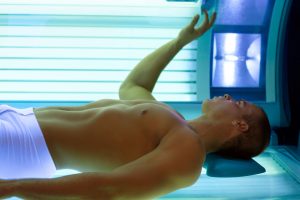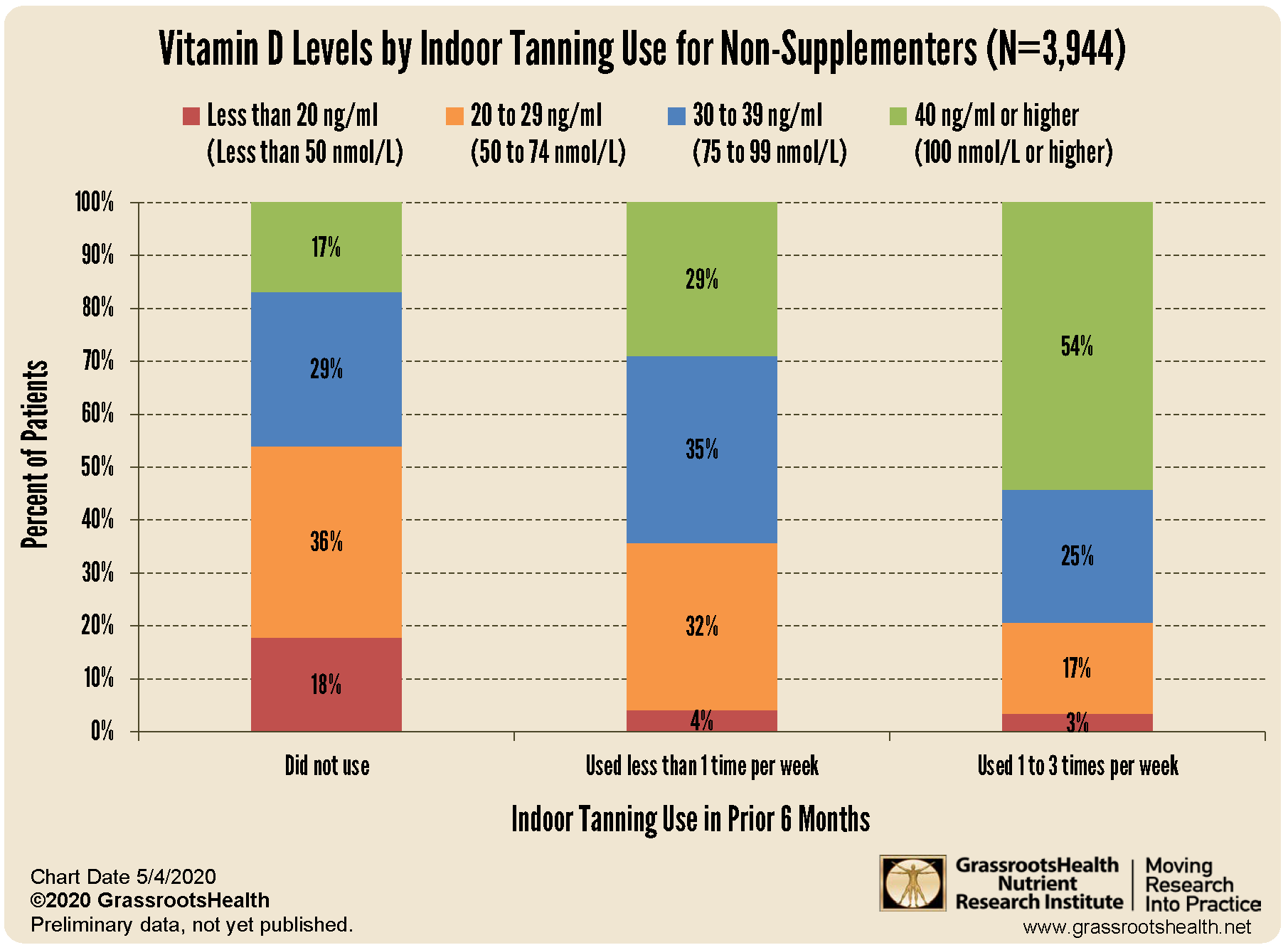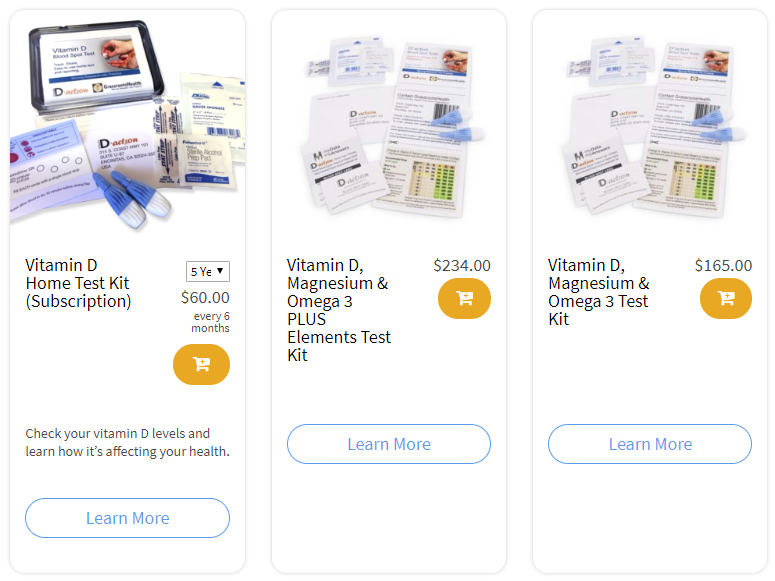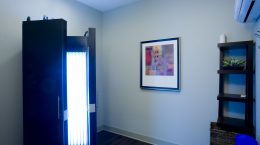Published on May 8, 2020
Over the past century our world has become more and more industrialized. As a result, people are spending much less time outdoors than ever before. Most workers and students spend their days indoors because their jobs rely heavily on the use of computers and technology. Unfortunately, this has come with the massive loss of physiological benefits from sunshine exposure. This includes vitamin D production, which plays an integral role in modulating the immune system.
The populations have only recently become aware that UV light from the sun is necessary, not only for vitamin D production but also nitric oxide and many other interactions. Additionally, very few foods contain vitamin D other than fatty fish, and few people eat enough to make up for the deficit of exposure to the sun. For these reasons, along with an increasingly sedentary lifestyle, vitamin D production is limited for many people. Due to the greatly increased mortality of several populations, especially those of darker skin due to the association with lower vitamin D levels, there is a growing interest to study the effectiveness of artificial sources of UV light for producing vitamin D.
Can artificial sources of UV raise vitamin D levels?
Sunlight and supplements are well known sources of vitamin D, but other sources of UV light, such as indoor tanning, can also effectively raise vitamin D levels. GrassrootsHealth has a cohort of over 15,000 participants world-wide who test their vitamin D levels using an at-home vitamin D blood spot card and answer online questions about their health and habits. Data gathered from these questions includes information about vitamin D supplementation, sunlight exposure, and indoor tanning habits, among others.
The chart above summarizes the vitamin D levels among participants who reported not using vitamin D supplements according to indoor tanning frequency.
 This analysis of 3,944 participants found that those who frequently used indoor tanning had an average vitamin D level of 41 ng/ml (102 nmol/L), compared to 33 ng/ml (82 nmol/L) for infrequent users, and 29 ng/ml (72 nmol/L) for non-users. More than half of regular users (54%) had a vitamin D level at or above 40 ng/ml (100 nmol/L) compared to 29% of infrequent users and 17% of non-users. Only 3% of regular users had vitamin D levels less than 20 ng/ml (50 nmol/L) compared to 4% of infrequent users and 18% of non-users. These results show that indoor tanning could be used to achieve a vitamin D level at or above 40 ng/mL (100 nmol/L), but that frequency is important.
This analysis of 3,944 participants found that those who frequently used indoor tanning had an average vitamin D level of 41 ng/ml (102 nmol/L), compared to 33 ng/ml (82 nmol/L) for infrequent users, and 29 ng/ml (72 nmol/L) for non-users. More than half of regular users (54%) had a vitamin D level at or above 40 ng/ml (100 nmol/L) compared to 29% of infrequent users and 17% of non-users. Only 3% of regular users had vitamin D levels less than 20 ng/ml (50 nmol/L) compared to 4% of infrequent users and 18% of non-users. These results show that indoor tanning could be used to achieve a vitamin D level at or above 40 ng/mL (100 nmol/L), but that frequency is important.
These results show that artificial sources of UV light could be used to achieve a vitamin D level at or above 40 ng/ml (100 nmol/L), but that consistency is important. As with sun exposure, it is also important to be mindful of duration and not burn.
Are You Getting Enough Vitamin D to Help Yourself?
We’re in a time of great crisis that could be greatly affected by making sure you and everyone you know has a serum level of at least 40 ng/ml. Help us help you.
Do you know what your vitamin D level is? Be sure to test today to find out, and take steps to keep it within a target of 40-60 ng/ml or 100-150 nmol/L! Give your immune system the nutrients it needs to support a healthy you and protect yourself from unnecessary diseases.
GrassrootsHealth is moving forward by using science to drive global action, with using either clinical trials with our key researchers or by doing community Field Trials with individuals or other organizations. Please let us know if you are interested and how we can quickly setup your projects.
Through GrassrootsHealth Nutrient Research Institute, you can also test your essential elements magnesium, copper, zinc and selenium, toxins such as lead, mercury and cadmium, as well as your omega-3 levels, inflammation levels and thyroid stimulating hormone (TSH) level. Find out your levels today! Log on to the test selection page (click the link below) to get your tests and see for yourself if your levels can be improved.
Make sure you track your results before and after, about every 6 months!
Click Here to Access the Test Page
How can I track my nutrient intake and levels over time?
To help you track your supplement use and nutrient levels, GrassrootsHealth has created the Personal Health Nutrient Decision System called
For each specific supplement, you can track what days you take it, how much, and many other details. This will help you know your true supplemental intake and what patterns of use work for you to reach and maintain optimum nutrient levels. Check it out today!









